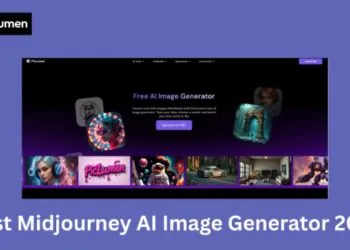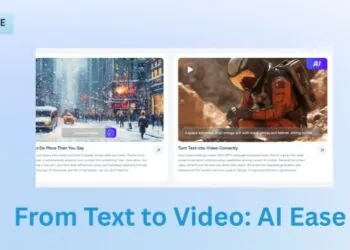Imagine a world where computers speak and understand human language with nuance, irony, and emotion. This is the goal of Natural Language Processing (NLP), a fascinating field that combines computer science, artificial intelligence, and language studies. NLP is the technology that powers popular tools like virtual assistants, automatic translation apps, and smart content analysis systems.
The core challenge of NLP lies in teaching machines to move beyond just recognizing words and grasp the context and meaning hidden in human communication. This complexity requires advanced methods for computer processing.
While such linguistic depth is central to NLP, contextual responsiveness also plays a key role in other areas of digital technology. For instance, the adventures beyond wonderland live game demonstrates real-time interaction through responsive design and engaging visuals.
Fundamental Techniques
Understanding the building blocks of NLP helps explain how machines transform language into structured data for analysis.
Tokenization and Stemming
The initial step in almost all NLP tasks is tokenization, which involves breaking down text into smaller, manageable units like separate words or whole sentences. These small units are called tokens. This process prepares the raw text, so the computer can work with it.
Following tokenization, stemming, and lemmatization reduce different forms of a word back to their core form. For example, “running,” “runs,” and “ran” might all be reduced to the simple root word “run,” allowing the machine to treat variations of a single word as the same concept. This simplifies the language for the computer.
Syntactic and Semantic Analysis

Syntactic analysis focuses on the grammatical structure of a sentence. It determines how words relate to each other, often using Part-of-Speech (POS) tagging to identify nouns, verbs, adjectives, and other grammatical categories. This understanding of the sentence structure is essential for accurate interpretation, much like mapping out a sentence diagram.
Semantic analysis then tackles the actual meaning of the words. This includes techniques like Word Sense Disambiguation (WSD), where the machine determines the intended meaning of a word that has multiple definitions based on its surrounding context. For instance, the machine must determine if “bank” refers to a financial institution or the side of a river.
Modern Advancements in Context
Early NLP relied heavily upon specific written rules and statistical models like N-grams, which predict the likelihood of a word appearing based upon the immediately preceding words. While foundational, these methods often struggled with understanding connections between words that were far apart in a sentence or paragraph.
The breakthrough came with the integration of machine learning, particularly deep learning. Deep learning models, especially Recurrent Neural Networks (RNNs) and Convolutional Neural Networks (CNNs), learned to capture context across sequences of words much more effectively. These are sophisticated software networks that learn patterns from vast amounts of data.
The deep learning process involves multiple distinct steps that allow machines to build sophisticated language comprehension:
- Vector representation: Words are converted into numerical codes so that words with similar meanings are located closer to each other in a virtual space.
- Sequential processing: Models like RNNs process words in order, remembering information from previous words to understand the context of the current word.
- Feature extraction: Deep learning networks automatically identify the most relevant linguistic features from the data without being explicitly programmed to look for them.
Practical Applications of Contextual NLP
Modern NLP has expanded beyond simple text analysis. Customer service chatbots can detect sentiment and adjust tone accordingly. Voice assistants use contextual understanding to manage multi-turn conversations. Search engines employ semantic analysis to match user intent rather than keywords.
In healthcare, NLP extracts insights from clinical notes and research articles. Financial institutions use it to analyze market reports and detect anomalies. In education, adaptive learning systems analyze written responses to measure comprehension and deliver personalized feedback.
Common use cases:
- Chatbots and virtual assistants for real-time, context-aware responses
- Machine translation systems that preserve tone and idiomatic expressions
- Content summarization tools that condense large volumes of text into concise outputs
- Sentiment analysis engines that interpret public opinion across digital platforms.
Expanding Horizons
The evolution of NLP continues at a rapid pace. Currently, researchers are concentrating on creating models that can manage multilingual text, comprehend implicit biases, and produce text that increasingly resembles human writing. The integration of contextual understanding will lead to truly intelligent machines.














Discussion about this post